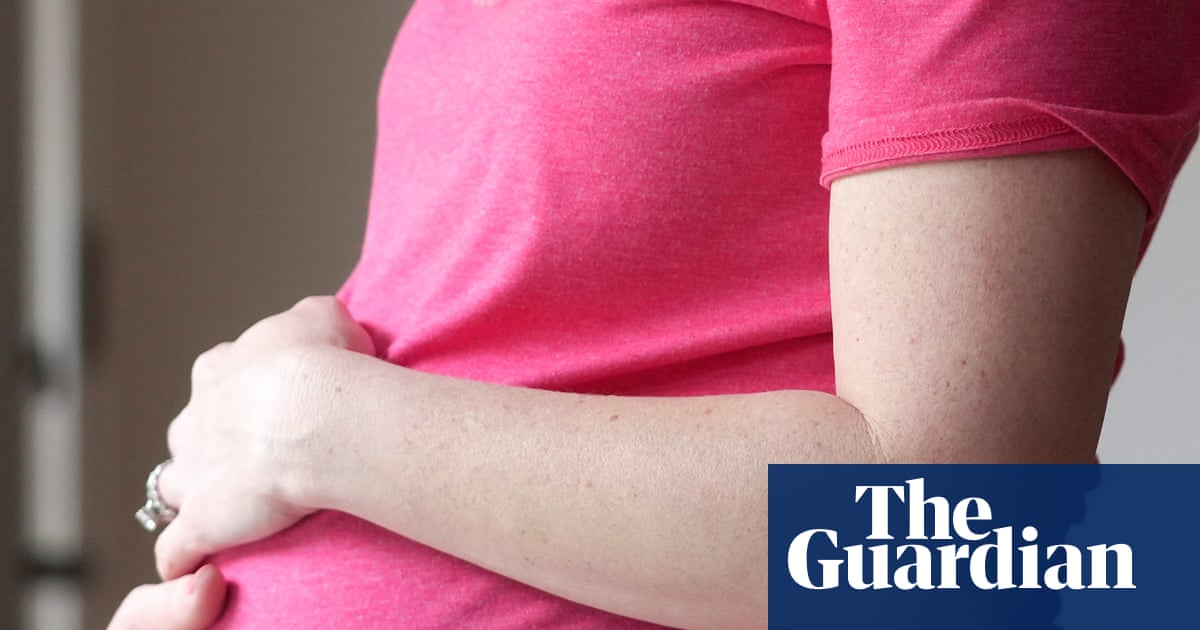Queensland will roll out shark-spotting drones to more beaches, after a major study found drones detected more than double the number of sharks caught in adjacent nets.
But while drones would become a “permanent fixture” of the state’s shark-control operations, the Department of Primary Industries said Queensland would continue to rely on “traditional measures like nets and drum lines”, despite evidence of their deadly impact on dolphins, whales, turtles and dugongs.
Rob Adsett, the chief remote pilot at Surf Life Saving Queensland, said the drones were a “really good surveillance tool” that gave lifeguards a better view of everything at the beach. Drones were used to collect data on beach conditions and manage risks associated with sharks, with the added benefit of aiding search and rescue efforts.
Drone operations ran parallel to life-saving services, he said. “So we’ll start our patrols at the start of the day when they put up the flags. And we’ll fly through to about lunchtime, and that’s mainly due to weather conditions.”
The ability to see and follow sharks – and suspected sharks – in real time meant lifeguards could manage safety risks without being “overcautious”, Adsett said.
“Previously if there was a shark reported, we might close the beach for an hour, but then find out that there wasn’t a shark at all.”
Sign up to get climate and environment editor Adam Morton’s Clear Air column as a free newsletter
Drones were an effective shark-control measure that offered additional safety benefits compared with shark nets, according to the Queensland government report, which monitored 10 beaches across four years.
When large sharks were spotted by drone, and thought to be a risk to the public, people could be evacuated from the water. Drones also provided additional benefits, the report said, assisting with rescuing swimmers from rip currents and searching for missing people.
Shark nets had a substantially higher environmental impact, with 123 non-target animals (not including non-target sharks) caught in nets across 10 beaches during the trial period.
The bycatch, as it is termed, included 13 dolphins, eight whales, 45 turtles, two dugongs, dozens of rays and other fish, including many species protected under federal environment laws. About half were dead at the time of retrieval.
In May, the Crisafulli government announced it would expand the use of shark nets, a position it has maintained despite more than a dozen whales becoming entangled in recent months. The state now deploys 27 nets and 383 drum lines designed to catch and kill seven target species of shark.
The trial, which ran from 2020 to 2024, was part of the state government’s commitment to research to compare nonlethal alternatives with traditional shark-control measures.
During the trial there were 676 shark sightings by drones, including 190 for sharks larger than 2 metres, which was significantly higher than those caught in adjacent Shark Control Program gear – 284 and 133, respectively.
“Drones provide a high-definition aerial view of a wide expanse of ocean, allowing the detection of sharks in real-time, whilst having negligible impact on the environment and non-target species,” the report said.
Prof Robert Harcourt, a marine ecologist at Macquarie University, said the results were “no surprise” and similar to what had been found in New South Wales.
after newsletter promotion
“If you’ve got clear water and sandy beaches, then drones are very effective at detecting sharks and other animals.”
“Using drones, you don’t stop anything coming in, but you can see what’s there and can tell people to get out of the water – which means nobody gets hurt.
“The nets are there, not to protect the beach, but to fish it,” he said.
Harcourt said it was good that Queensland was trialling drones as a shark management tool, and it would be even better if the state considered switching to “smart drum lines” – where animals were caught, tagged and released – instead of lethal nets.
Prof Charlie Huveneers, who leads the Southern Shark Ecology Group at Flinders University, said while there was “no silver bullet” that could eliminate all shark-bite risk, the study added to the scientific literature reaffirming that drones should be part of the toolbox of measures.
“Drones are non-lethal to targeted or bycatch species and can detect sharks enabling people to leave the water, but are not suitable in all conditions (eg strong wind, rain, low water visibility).”
A Department of Primary Industries spokesperson said the use of shark-spotting drones would be expanded from 10 to 20 beaches under the 2025 to 2029 shark management plan, “becoming a permanent fixture of Shark Control Program operations, complementing traditional measures like nets and drum lines”.
“While drones are a good augmentation of the program, they cannot replace core program gear such as drum lines and nets at this time,” the spokesperson said.
Australian research published last year into 196 unprovoked shark incidents found no difference in unprovoked human-shark interactions at netted versus non-netted beaches since the 2000s.

.png) 3 hours ago
4
3 hours ago
4

















































